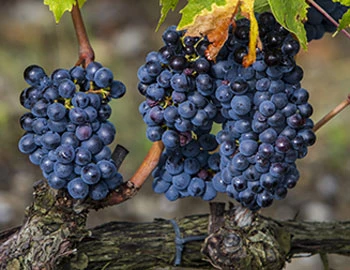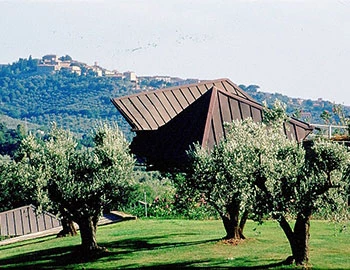
Mille Rosé 2023
IGT Toscana, Montepeloso, 750 ml

| Grape variety: | Sangiovese |
| Producer: | Montepeloso |
| Origin: | Italy / Toscana |
Description
Tuscan love story
Montepeloso in Tuscany is synonymous with excellent winemaking and this is clearly evident in the Mille Rosé, which is made from 100% Sangiovese grapes.
You can almost smell the herbs of Tuscany. There is also cherry and red berries, fine tannins and a discreet mineral note with a hint of mint, which gives this culinary companion its freshness.
Surprising with Indian curries. A «thirst quencher» with spicy barbecues. And top with melon and grilled courgettes.
Spring in a glass

Discover our «Spring by the glass»: these are refreshing drops that perfectly match the season at reduced prices, valid until 30 April 2025.
Attributes
| Origin: | Italy / Toscana |
| Grape variety: | Sangiovese |
| Ripening potential: | 1 to 5 years |
| Drinking temperature: | 16 to 18 °C |
| Food Pairing: | Italian antipasti, Spiced grillades, Mild Asian dishes, Salad with vegetables, pulses, pasta |
| Vinification: | long must fermentation, fermentation of entire grape, partly destemmed, fermentation in wooden barrel |
| Harvest: | hand-picking, in small boxes |
| Maturation: | in steel tank, in partly new and used barriques/ Pièces |
| Bottling: | filtration |
| Maturation duration: | 6 months |
| Volume: | 13.0 % |
| Note: | Contains sulphites |
Sangiovese
Epitome of Tuscany
Chianti classico, Brunello di Montalcino, Vino nobile di Montepulciano: the Sangiovese is in each of the classic red wines from Tuscany. For a long time, it was assumed that its birthplace was here. After all, it appeared under various synonyms in Tuscan documents dating from 1600. But in 2004, researchers unveiled that one of its parents originated in Calabria in southern Italy. Today, it is the most planted variety in Italy. In addition to Tuscany, it fares well in Emilia-Romagna, Marche or Umbria. It is an exceptionally lovable wine: its aromas of cherry and plum, violets and spices are complemented by fresh acidity and a juicy texture. It wins people around both as cheerful, drinkable wines with pizza and pasta and as barrel-aged top class wines. Carried by Italian immigrants, it found its way to California and Argentina. However, it does not have the same reputation there.

Italy
Italy – Where wine is a way of life
The Italian wine regions are extremely diverse, and this is made clear in their wines. Established varieties such as Merlot, Syrah, and Sauvignon can be found on just 15 percent of the total vine growing area. The remaining 85 percent is reserved for autochthonous, indigenous varieties. More than 2,000 different grape varieties are grown under diverse conditions and pressed with various techniques into wines that reach the top tier of the international wine market.


